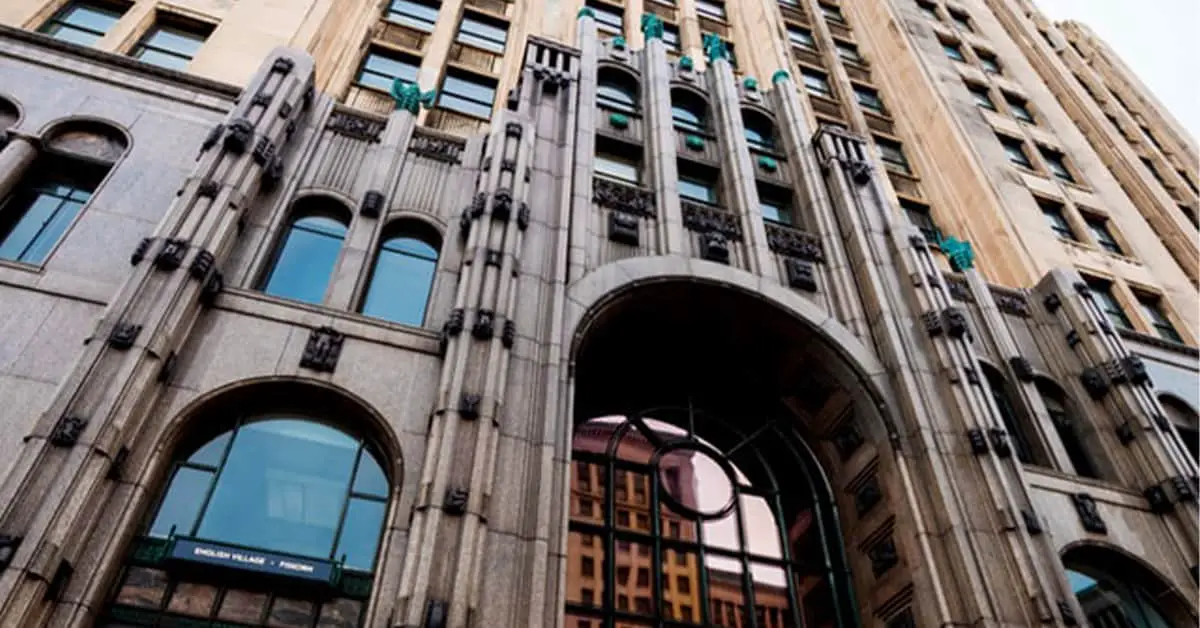The new series of Loki, airing on Disney+ has been a runaway success, attracting 2.5 million viewers in its first week alone. The series featuring Tom Hiddlestone is a visual treat for the eyes, and production designer Kasra Faharini has now revealed how many of the sets were heavily influenced by art and architecture. Taking influence from Art Deco, Brutalism, Neo-futurist architecture and even Soviet-Socialist art, Loki pays tribute to many eras, as well as adding its own twist of speculative design. So when you’re next watching the series, keep a lookout for some of the famous sets and see if you can spot their visual references.
Historic buildings
The Breuer Building in New York was built in 1966 – it’s Brutalist structure is unlike anything else you will find in the city. The Breuer Building housed the Whitney Museum of American Art for almost 50 years, and now The Frick has moved in. Looking after buildings of historical importance is imperative, especially if they have cultural significance. This is why the US Government set up the National Register of Historic Buildings (NRHP), to ensure that they are always preserved. The iconic Breuer Building is on the NRHP, and influenced the setting for some of the scenes in the first episode of Loki. The Atlanta Marriott Hotel, designed by John C. Portman Jnr is also featured in the series. Look out for the huge, soaring atrium, filmed at the hotel.
Modernism design
Kasra Faharini has talked in interviews with The Art Magazine and The Atlantic about how Modernism has heavily influenced his set designs. Paul Rudolph, Mies Van De Rohe and Frank Lloyd Wright have inspired the production designer. You can see this in the striking design of the Time Variance Authority (TVA). The TVA, which is described as a post-war bureaucracy, has a very institutional look. The sheer size and scale of historic Soviet architecture was also an influence in creating the location settings for the series, and the 360 degree sets used in the filming featured surfacing and patterns that were heavily inspired by American mid-century Modernism.
The Imperial Eggs
You may notice watching the series, that as Loki travels between different destinations and times, each design environment is quite distinct. The train scene that finds Loki and Sylvie sitting together in a booth has a definite Art Deco feel, but has also been inspired by The Imperial Eggs, made by the renowned jewelry company, The House of Fabergé. It is estimated that 69 eggs were originally made, although only 57 of these survive today. Loki and Sylvie however, appear to be sitting inside what could be a beautiful Fabergé egg, giving the scene a real feeling of opulence and grandeur.
The incredible settings that are featured in Loki are part of the character of the series. Taking inspiration from different eras of art and architecture, creates a distinct design for each time zone, giving the series an authentic, modern and futuristic feel.
